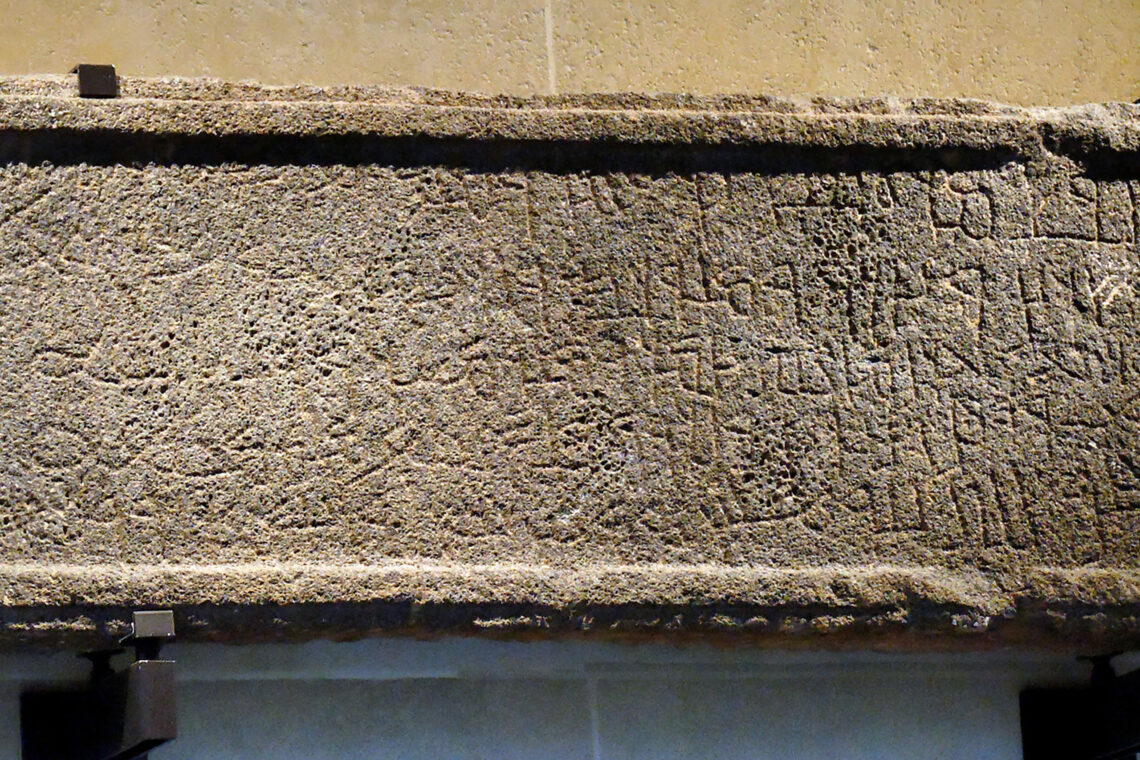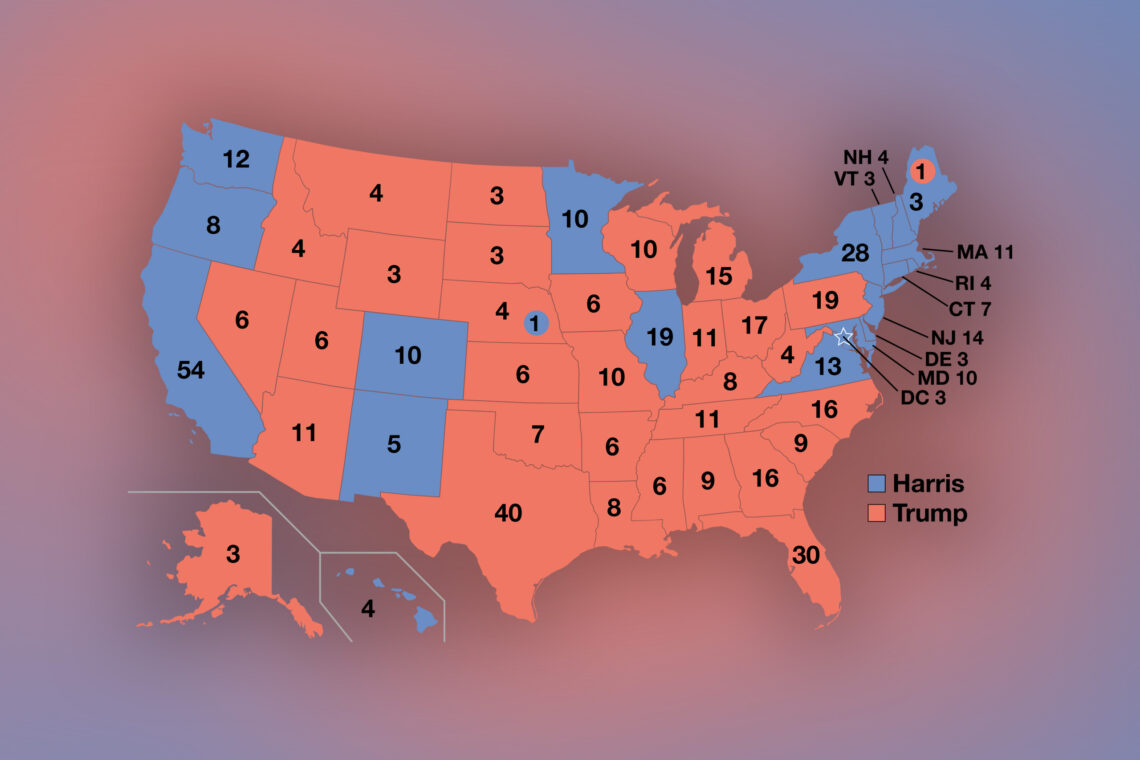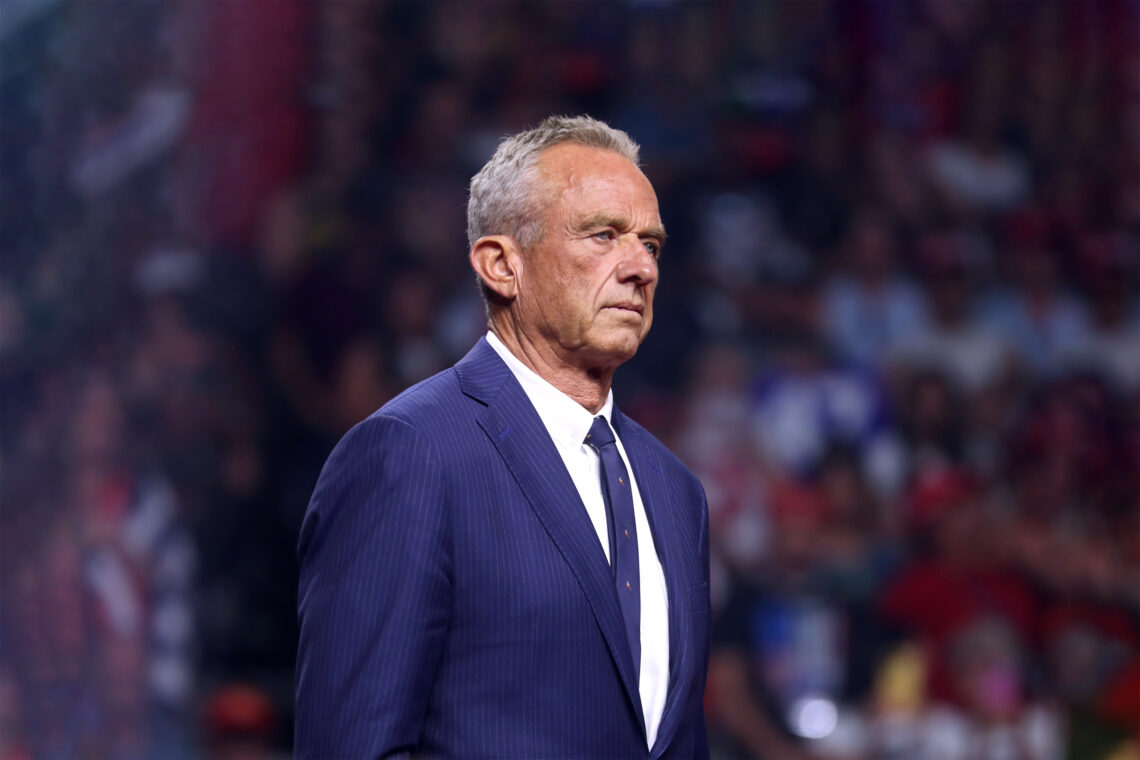I am not sure whether I am saying this correctly, but reading Laila Lalami’s novel, Hope and Other Dangerous Pursuits, feels as if literature has spoken directly to me for the first time in my life. This has been a reading experience like no other I remember having. I did enjoy quite a few novels by Moroccan writers in the past, but somehow, Moroccan fiction, in any language, has sounded to me as if it were a copy of some other literature, as if the sensibility than runs through its veins were somehow a simulacrum of another national or cultural experience. Even Mohamed Choukri, my compadre from Tangier, sounded somehow foreign, as if he were a Jean Genet in Moroccan clothing, living on the exotic edges of a society that I inhabited but which was decidedly out of reach.
While I cannot make a blanket statement about Moroccan literature, I am fairly sure that in both style and spirit a certain French, somewhat psychoanalytic ambiance dominates, fusing storytelling with poetic visions and clever linguistic turns, producing, in the end, an inescapable narcissistic effect, as if the author is adamant about leaving his or her imprint on us, to remind us that he is both writer and auteur, a storyteller and a penseur, as if storytelling by itself were not enough for good fiction. Except for the very end of Lalami’s novel, when a fairy tale account about midgets, sultans, carpet weavers, abducted beauties, and the hint that a failed harrag (illegal migrant) might write a novel seems oddly out of place, Lalami’s book keeps such accretions at arm’s length, giving us unobstructed access to the protagonists, who, lo and behold, turn out to be our semblables, the people most of us know, or should have known if we had any meaningful experience in, and of, Morocco, the people who are you and me, almost in the flesh.
What a coup! Lalami has assembled a cast of Moroccans driven to despair by the usual social cocktail of poverty, illiteracy, male violence, superstitions, the unemployment of college graduates, and the drift toward religious fundamentalism–all explosive issues on the Moroccan scene right now. Here is the young hijab-wearing Faten Khatibi, moving between Agadir and Rabat with her mother and, in the process, getting gradually Islamicized before she somehow manages to find herself in the life of Noura, the daughter of Larbi, a Al-Alam-reading, beer-drinking, and Marlboro-smoking functionary at the Ministry of Education, and Salma, a lawyer who is also active in human rights organizations. The only failure Noura, a graduate of Lycée Descartes, has known is not getting high enough marks to pass the English-language test, known as TOEFL, to go to New York University, one of the most expensive places to study in the world! A strangely distant man, Noura’s father, who dutifully observes Ramadan, objects to the influence of Faten on his youngest child (his oldest son is happily studying engineering in Canada). As Noura disavows her earlier goal of studying at NYU, starts reading Sayyid Qutb and wearing the hijab, and chooses to stay and teach in Morocco, instead of going to a society that hates Muslims, Larbi manages to have Faten fail and therefore expelled from the public university system. Next time we meet Faten, she is in Madrid, hijab gone, sexually servicing Martín, a naïve young Spaniard who craves the sensuousness of Oriental women.
For the rest of the harraga, it’s just grinding poverty, unmet obligations, and uselessness that drives them to tempt their fate on the inflated Zodiac boat that dumps them on the coast of Spain, near Tarifa. Tired of her unchanging mercurial and violent husband Maati, and unable to bribe a judge to let her divorce him and keep the children, the 29-year-old Halima Bouhamsa from Casablanca gathers her children Mouna, Farid, and Amin, and heads north, determined to place the sea between her and her old miserable life. Another married man from Casablanca, Aziz Ammor, also finds no alternative to crossing into Europe, despite his trade school education, leaving behind his wife Zohra (and an old friend who turns out to be gay) to wait for the husband she never truly had. The trip would not be complete without a down-on-his luck tour guide from Tangier, a college graduate who finds it increasingly difficult to sway travel-wizened tourists, already trained by manuals to keep him at bay. Thus, the English major Murad Idrissi can’t even interest a couple of Americans in a tour of American writer Paul Bowles’s neighborhood. One of five siblings without any prospects, he succumbs to Rahal’s exhortations that he try his luck on the opposite coast of the Mediterranean, the mare nostrum that should unite north and south in a common destiny.
The trip ends up badly for Murad and Halima, whose 10-year-old son Farid manages to rescue her and his siblings from the depths of the sea, a feat that turns him into a saint in the slum of Sidi Moumen, where the family has relocated after the failed crossing. Murad, back in the streets of Tangier, gives up on guiding and takes up a job in a bazaar, selling Moroccan artifacts and such to the same tourists who once rejected his entreaties to let him guide them and, most improbably, dreaming of writing his own story, perhaps as an alternative to the Paul Bowles version of his native city. Aziz re-crosses after his first attempt and eventually ends up in Madrid as a busboy, cleaning tables in the same city where Faten makes her own living in the dark, sharing an apartment with two other guys. By the time he is able to fly back to Morocco, we know that significant distances have grown between him and his wife, not to mention his culture as a whole.
No detail escapes the eye of the author. The scent of Moroccan cuisine comes wrapped in the habitual decor of Medina alleyways. Aziz, who leaves Morocco by the treacherous sea, flies back into a modern airport, as if he were experiencing yet another round of estrangement, discovering the wonders of his own country through the narrow gate of death. Morocco’s modernity, however, seems to be built in a hurry, as if it were part of a collective act of self-deception. As he rides through Casablanca, Aziz notices the ubiquitous “squat apartment houses with tiny windows that had been outlined with Mediterranean tile, in a futile attempt to render them more appealing.”
Brilliant touches like this add up to a portrait of a country undergoing a major transition, drifting willy-nilly toward Europe, even as it is being pulled back by the fiery sermons of imams and cheap editions of books on Islam. If Lalami doesn’t drift too far away on the ocean of al-ghurba and maintains her firm literary hand, we could confidently expect this book to be the start of a stellar career, one that could invite us back to a world we have and haven’t left. With the publication of Hope and Other Dangerous Pursuits, English-speaking Moroccans could read about themselves and not try to make sense of the fog of Orientalist fantasies that have shrouded our reality for too long. The benefits are equally significant for non-Moroccans: they can now, perhaps for the first time, get a reasonable sense of how a major part of Morocco lives.




Comments are moderated by the editor and may not appear on this discussion until they have been reviewed and deemed appropriate for posting. All information collected is handled in a manner consistent with our privacy policy.